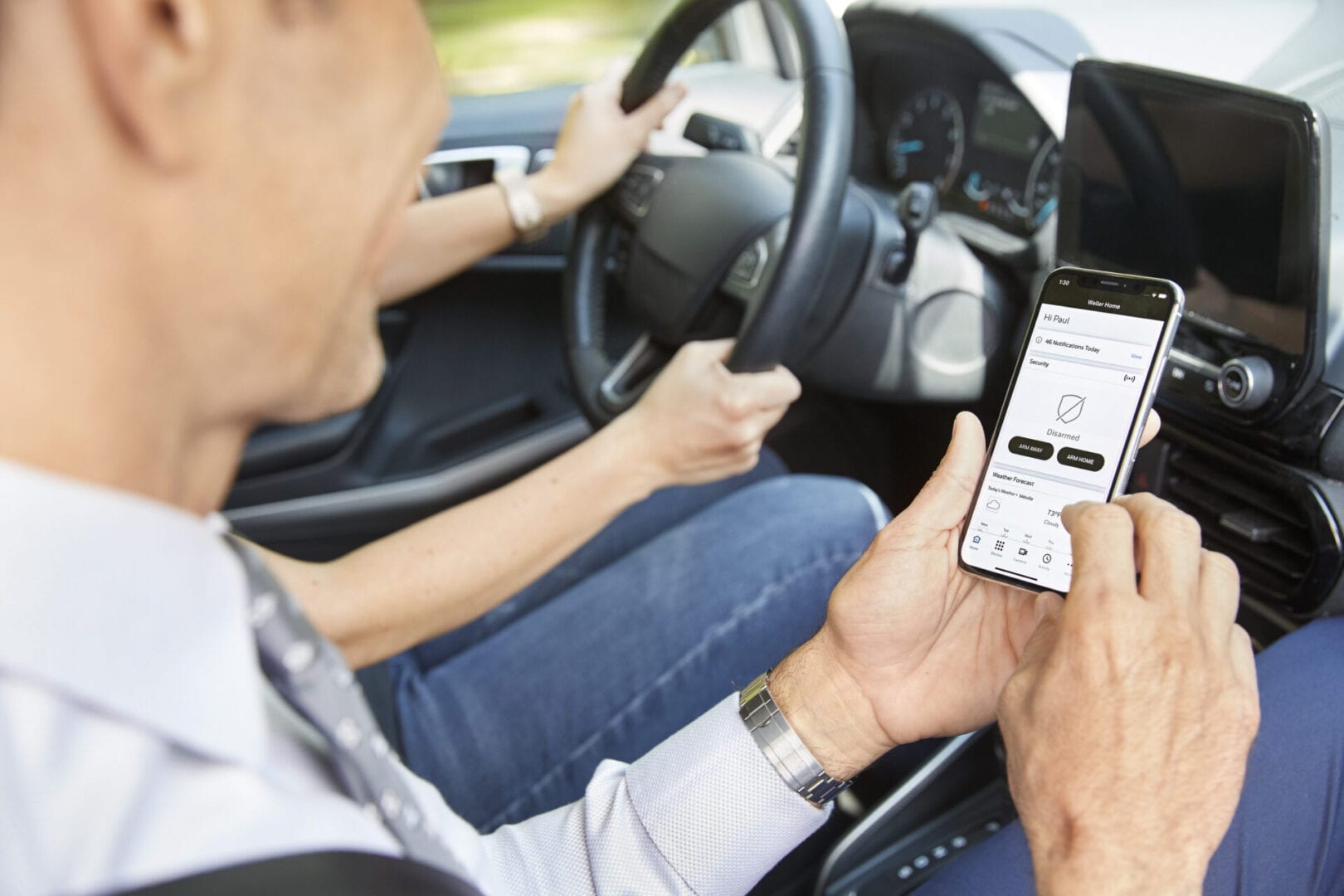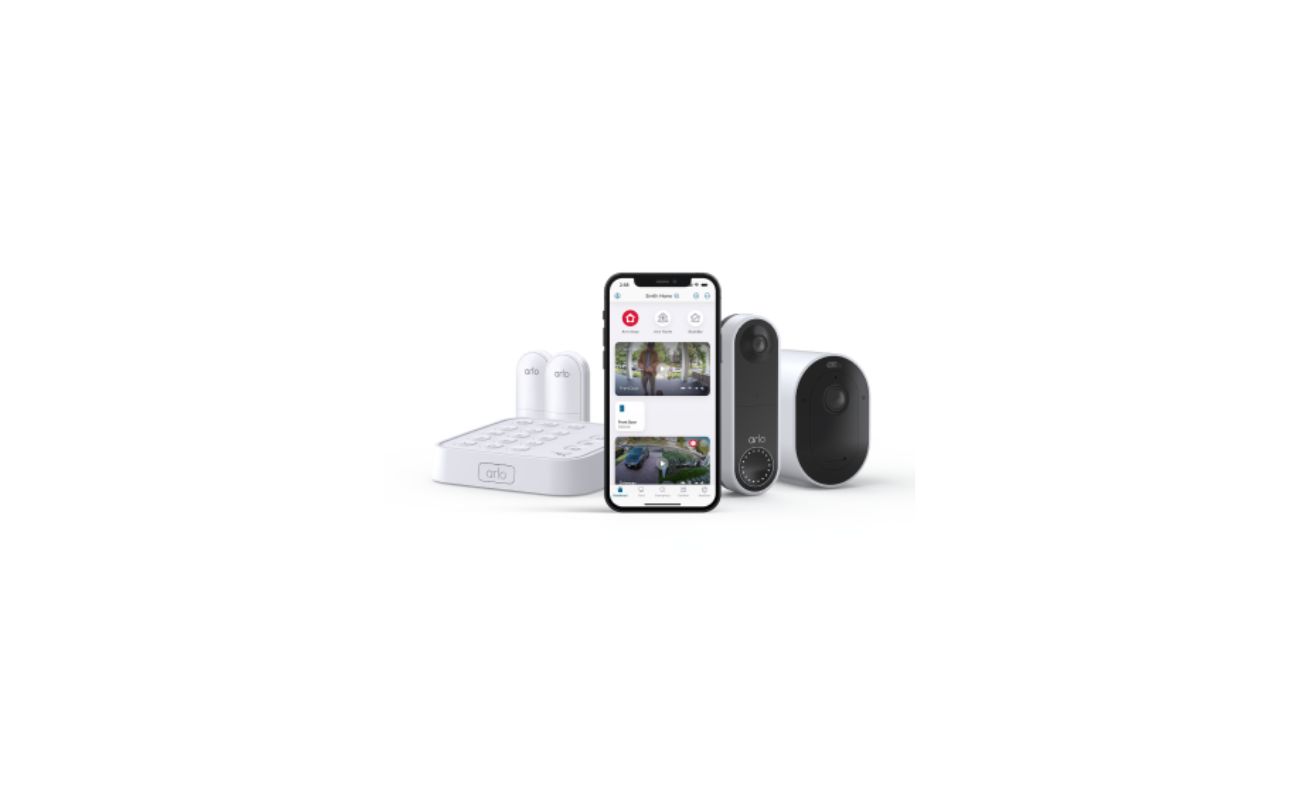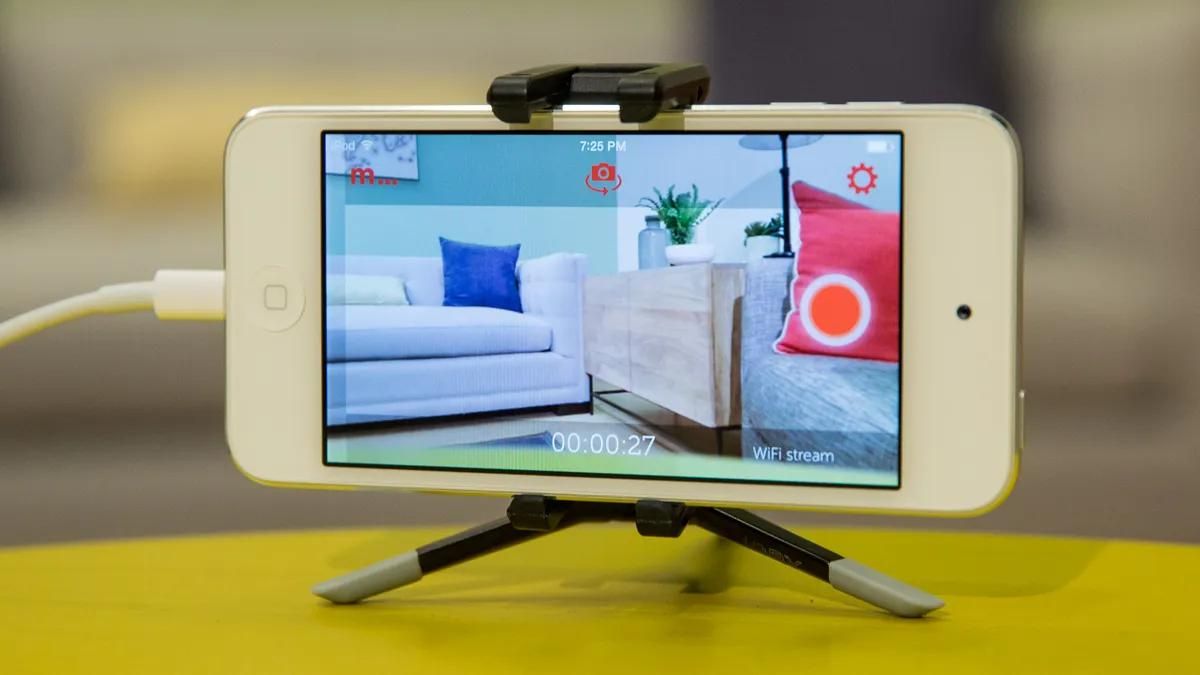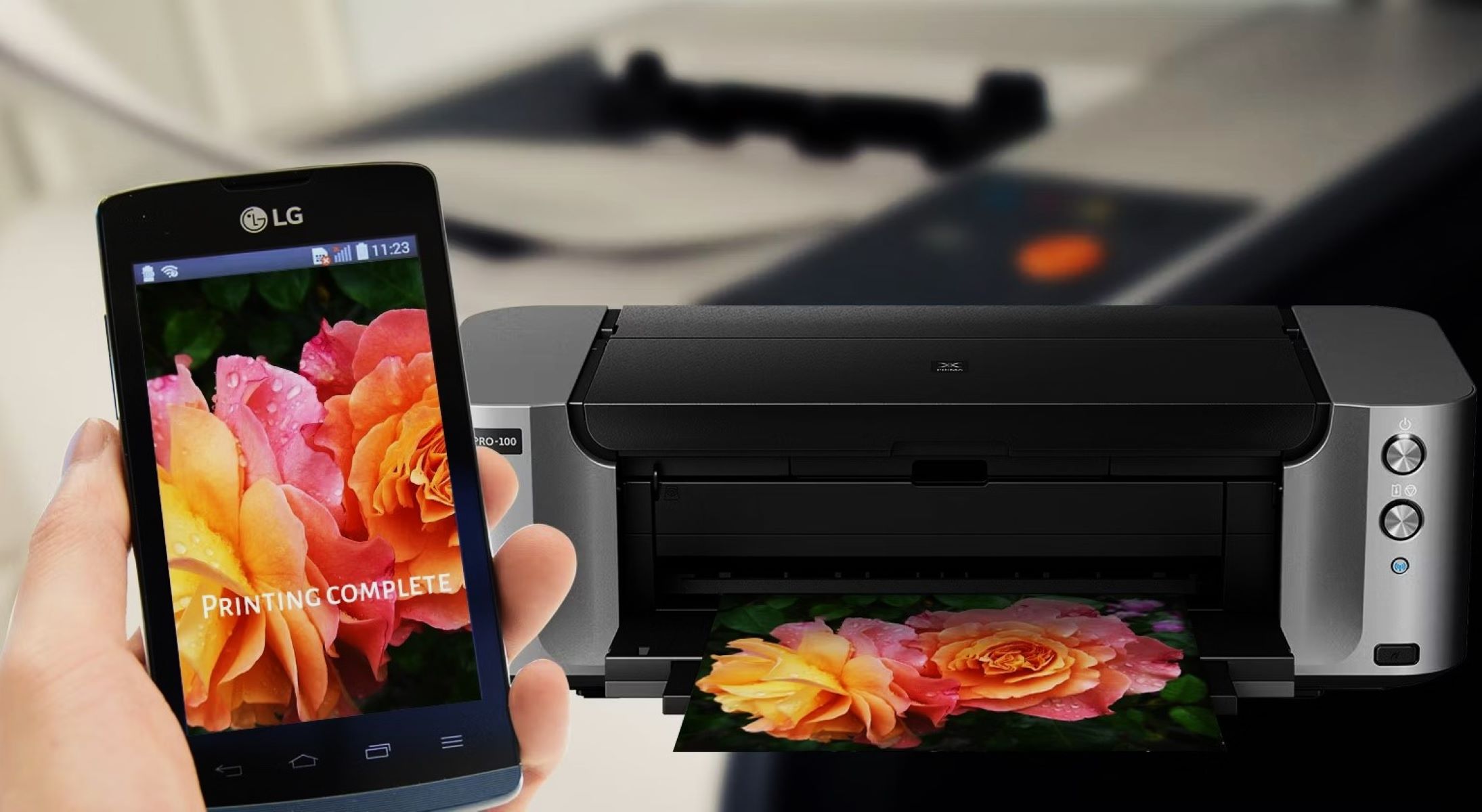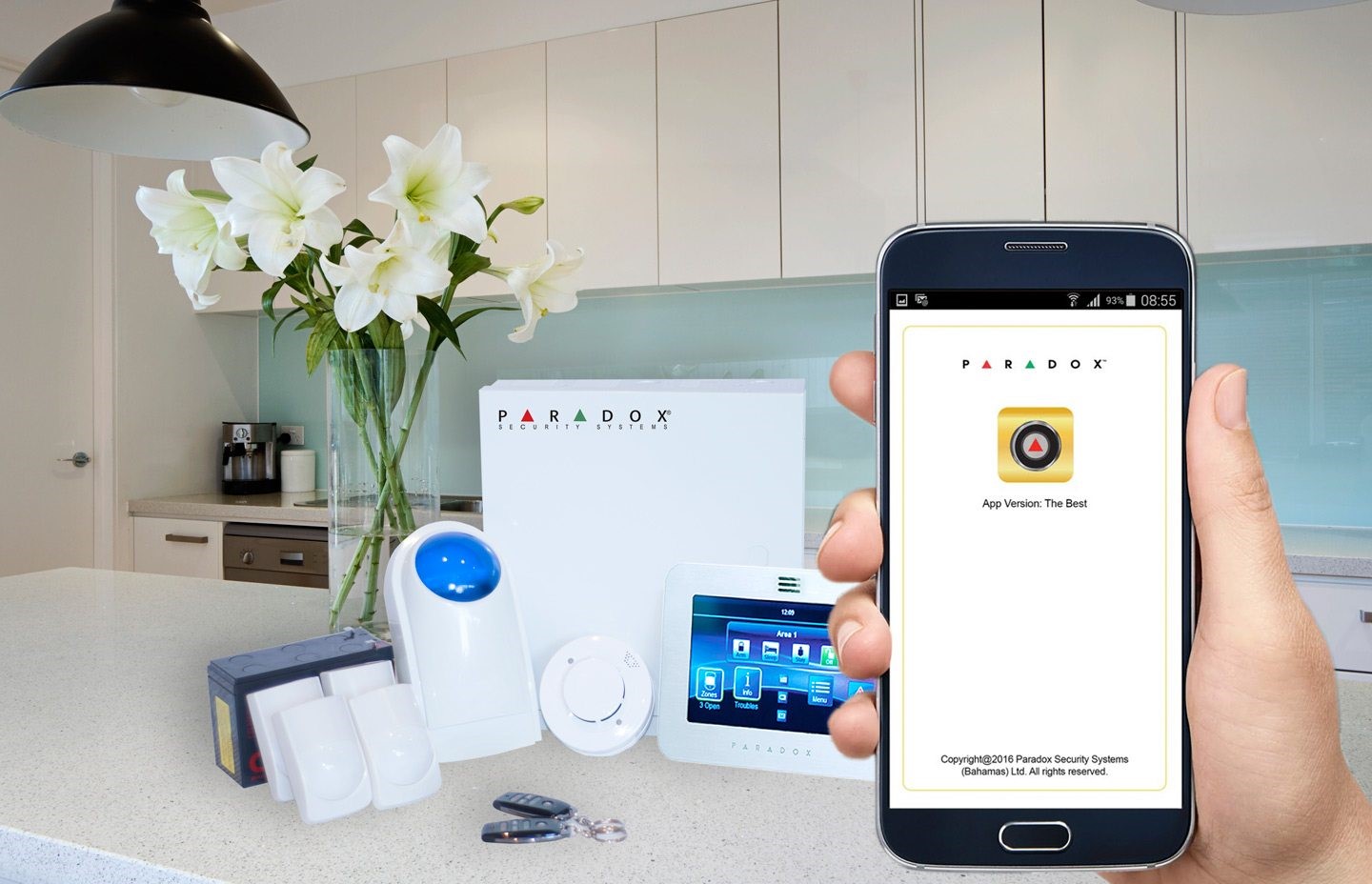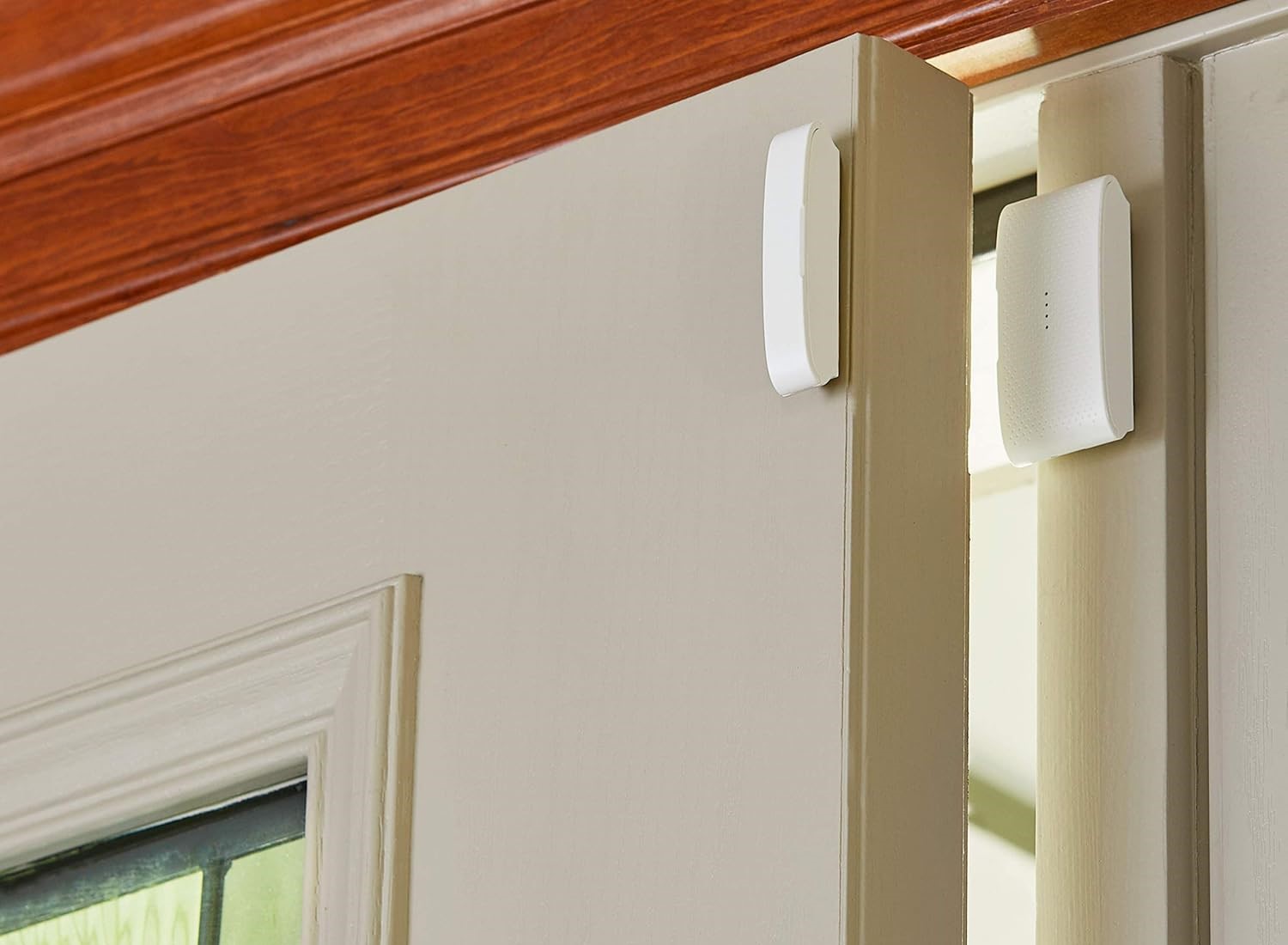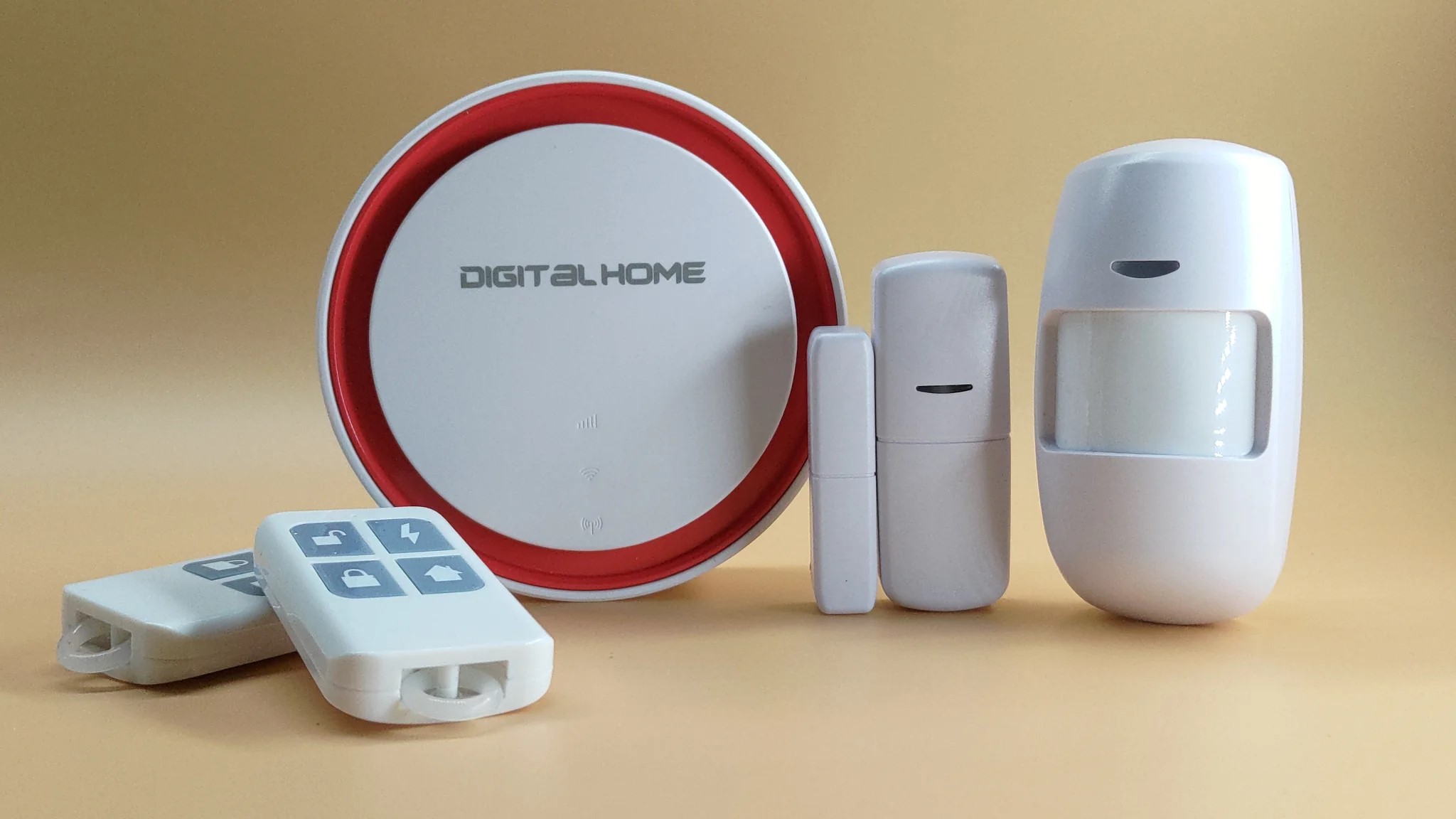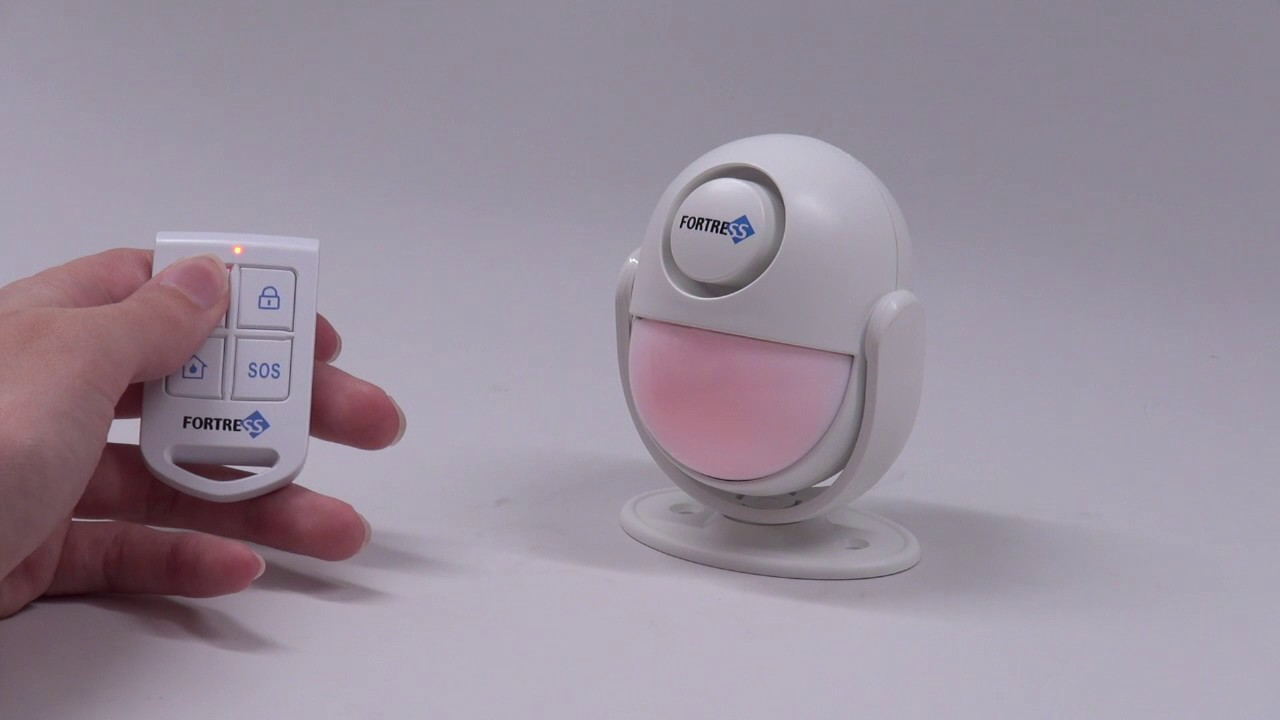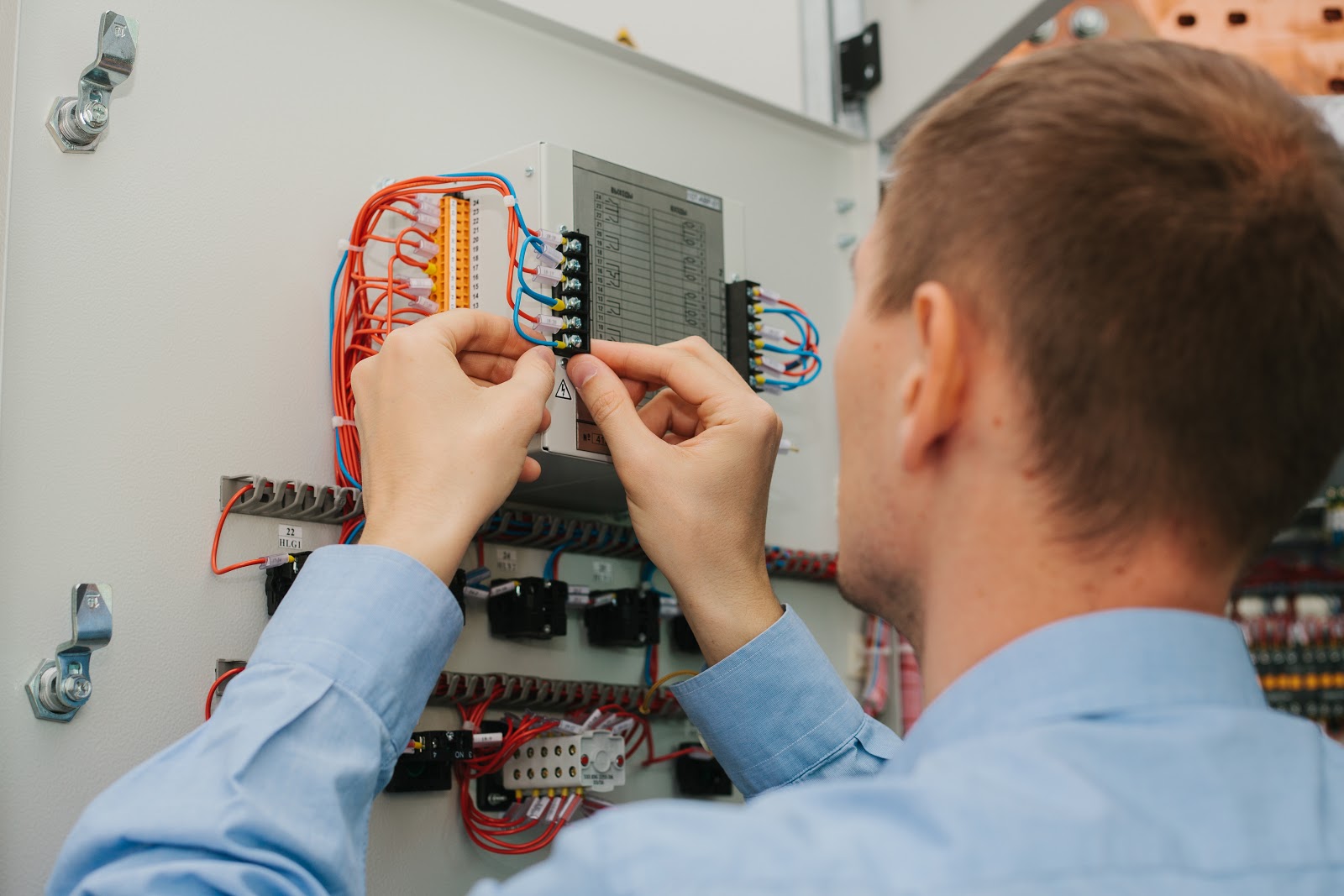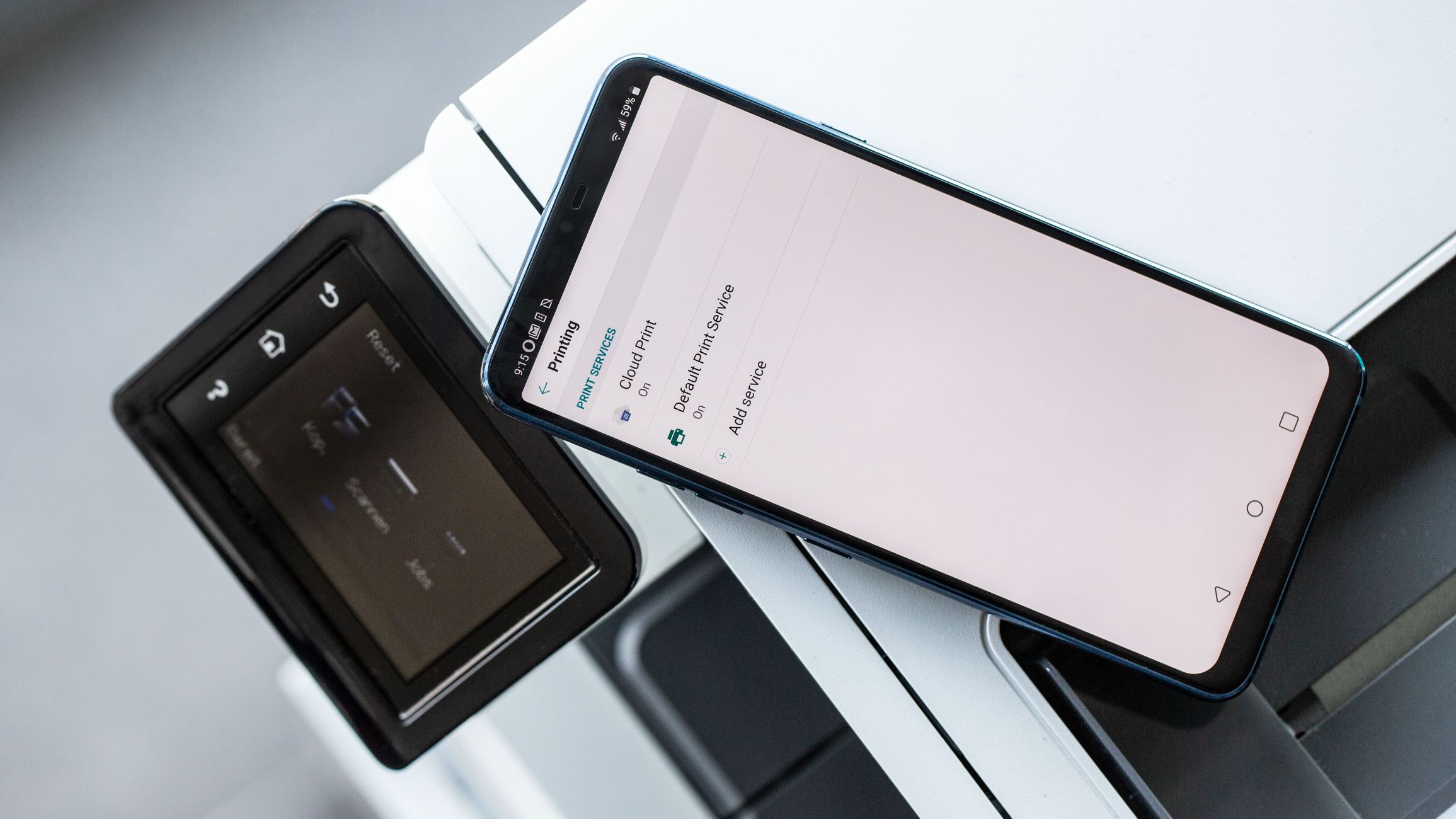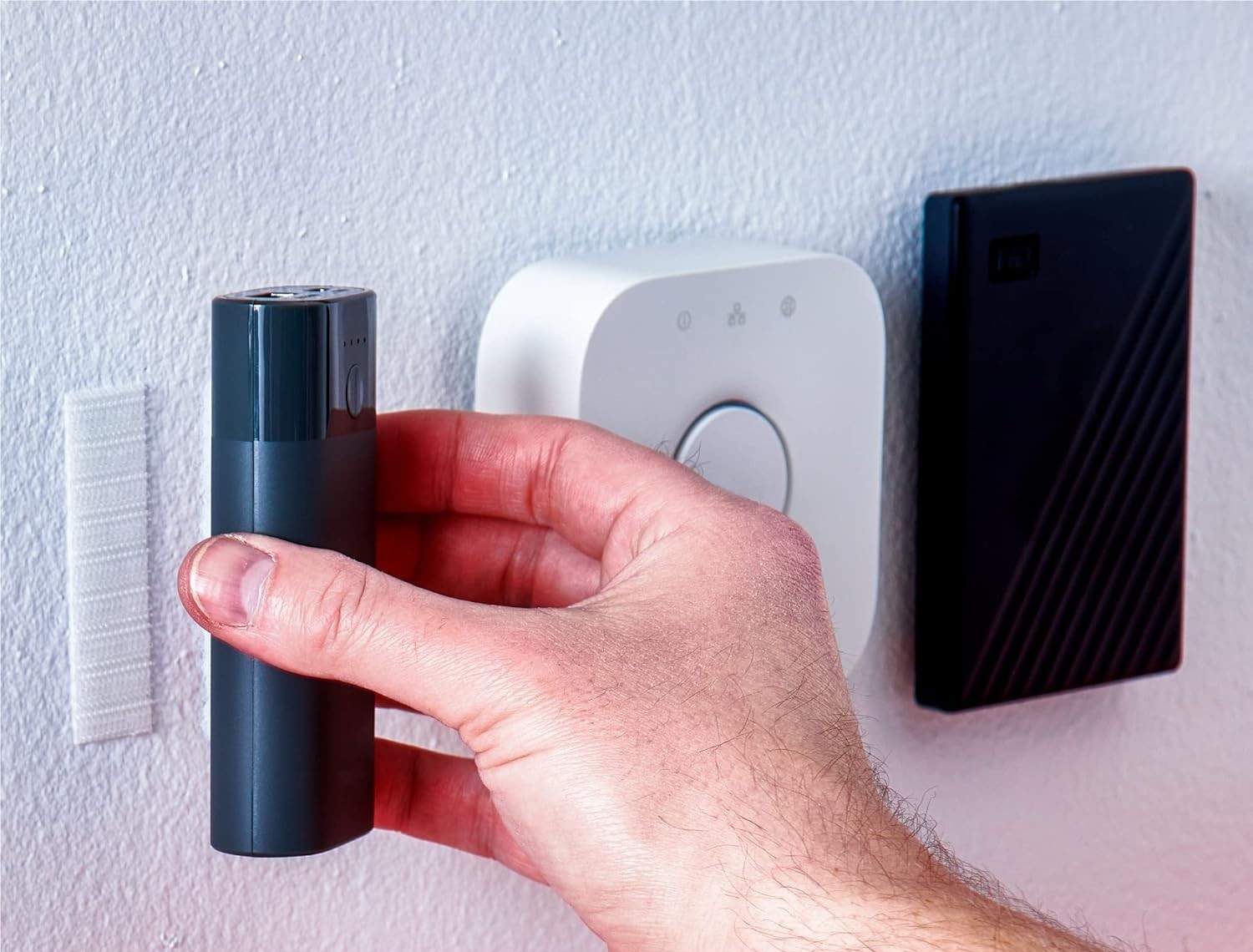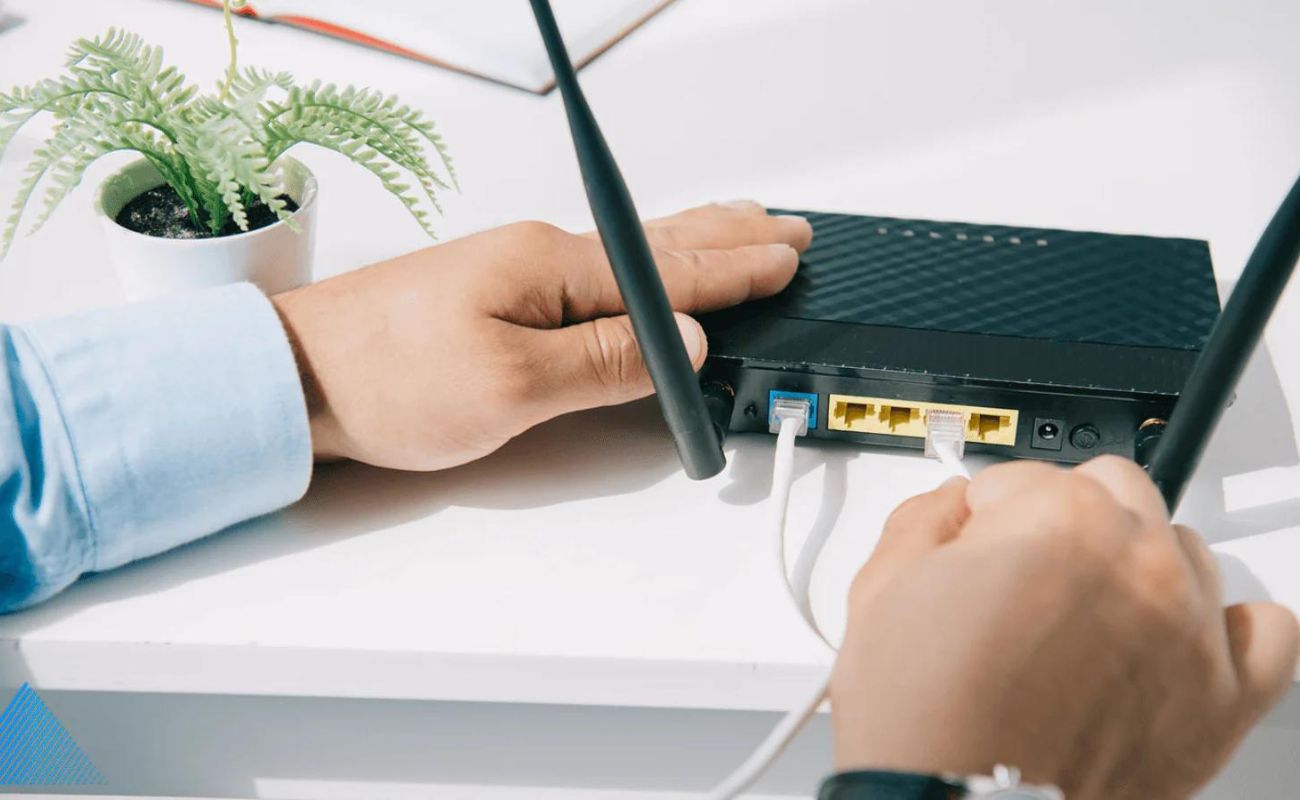Home>Home Security and Surveillance>How To Use Android Phone As A Home Surveillance System
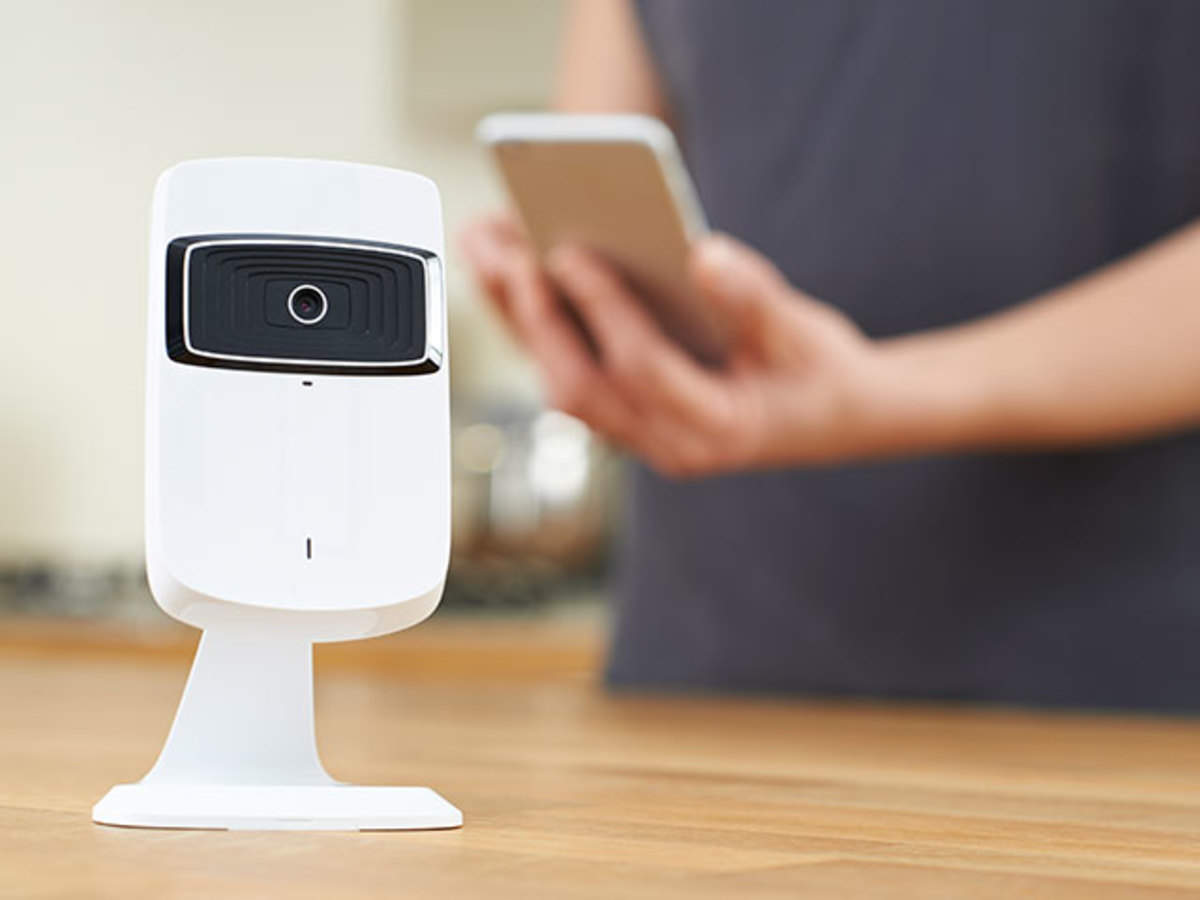

Home Security and Surveillance
How To Use Android Phone As A Home Surveillance System
Modified: March 6, 2024
Learn how to turn your Android phone into a powerful home surveillance system using the latest home security and surveillance technology. Capture every moment and protect your home with ease.
(Many of the links in this article redirect to a specific reviewed product. Your purchase of these products through affiliate links helps to generate commission for Storables.com, at no extra cost. Learn more)
Introduction
Welcome to the world of home security and surveillance! In today’s rapidly evolving digital age, ensuring the safety and protection of our homes has become more important than ever before. Thankfully, advancements in technology have made it possible for us to leverage our Android phones as powerful surveillance tools to monitor and secure our homes.
Gone are the days when expensive and complex security systems were the only option. With just a few simple steps, you can transform your Android phone into a reliable, affordable, and effective home surveillance system. Whether you are a tech-savvy enthusiast looking to maximize your phone’s capabilities or a homeowner seeking peace of mind, this article will guide you through the process.
Before we delve deeper into the setup and configuration, it is essential to understand the requirements to utilize your Android phone as a home surveillance system.
Key Takeaways:
- Transform your Android phone into a home surveillance system by choosing the right app, configuring settings, and connecting to a stable power source and internet. Monitor your home security with live video feed, motion detection alerts, and remote access.
- Overcome common issues when using your Android phone as a surveillance system by checking internet connection, clearing app cache, and updating the app. Troubleshoot camera and storage problems, and seek support from the app developer if needed.
Requirements
Before you begin setting up your Android phone as a home surveillance system, there are a few basic requirements that you need to fulfill:
- An Android Phone: You will need an Android smartphone with a relatively recent operating system version. Additionally, ensure that your phone has enough storage space to store the surveillance app and recorded footage.
- A Stable Internet Connection: To monitor your home security remotely and receive real-time alerts, you will need a stable and reliable internet connection. Wi-Fi or mobile data connectivity will suffice.
- Storage: Make sure you have enough storage space on your Android phone or consider using an external storage device such as an SD card to save recorded video footage.
- Power Source: Since your Android phone will be acting as a surveillance system, it will need a continuous power supply. Ensure that you have a reliable power source such as a charger or power bank.
- Mounting Options: Depending on the layout of your home, you might need to invest in a phone mount or a stand to secure your Android phone in an optimal position for surveillance.
Once you have met these requirements, you are ready to proceed with setting up your Android phone as a home surveillance system. The next step involves choosing the right surveillance app that aligns with your specific needs and preferences.
Setting Up Your Android Phone
Now that you have fulfilled the basic requirements, it’s time to start setting up your Android phone as a home surveillance system. Follow these steps to get started:
- Choose an Ideal Location: First, find the optimal location in your home to place your Android phone. It should have a good vantage point and a clear view of the areas you want to monitor. Consider mounting it on a wall, using a phone stand, or utilizing existing furniture to position it correctly.
- Ensure Stable Power Supply: Connect your Android phone to a reliable power source to maintain continuous surveillance. You can use a charger plugged into a power outlet or a portable power bank.
- Adjust Display Settings: To conserve battery life and minimize distractions, adjust the phone’s display settings. Set the screen timeout to a longer duration or disable it altogether, enable do not disturb mode, and decrease screen brightness.
- Enable Wi-Fi or Mobile Data: Ensure that your Android phone is connected to a stable internet connection. Connect to your home Wi-Fi network or enable mobile data if you are monitoring your home security remotely.
With these initial setup steps completed, the next crucial stage involves selecting the right surveillance app for your Android phone.
Choosing the Right Surveillance App
When it comes to transforming your Android phone into a home surveillance system, selecting the right surveillance app is crucial. Here are some factors to consider when choosing the app:
- Compatibility: Ensure that the app you choose is compatible with your Android phone’s operating system version. Check the app’s requirements and compatibility information before downloading and installing it.
- Features: Look for a surveillance app that offers a comprehensive set of features to meet your specific needs. Some essential features include motion detection, real-time alerts, two-way audio, video recording, and remote access.
- User-Friendly Interface: A user-friendly interface is crucial for easy navigation and configuration. Look for an app that has an intuitive and straightforward interface, allowing you to configure settings and access video footage effortlessly.
- Reliability and Stability: Prioritize an app that is known for its reliability and stability. Read user reviews and ratings to ensure that the app performs consistently without major issues or crashes.
- Cloud Storage and Local Storage Options: Consider whether the app offers cloud storage or local storage options for storing recorded video footage. Cloud storage provides convenience and accessibility, while local storage allows you to have direct control over your footage.
- Cost and Subscription Plans: Evaluate the cost structure and subscription plans offered by the app. Some apps provide free basic features, while others offer more advanced functionalities through paid subscriptions. Choose an option that fits your budget and requirements.
Take your time to research and compare different surveillance apps available in the Google Play Store. Read reviews, check app ratings, and consider the features that align with your home security needs. Once you have chosen an app, proceed to the next step of configuring the surveillance app on your Android phone.
Configuring the Surveillance App
After you have chosen the right surveillance app for your Android phone, it’s time to configure the app to start monitoring your home security. Follow these steps to set up the app:
- Download and Install the App: Open the Google Play Store on your Android phone and search for the surveillance app you have chosen. Download and install the app onto your device.
- Create an Account: Launch the app and create a new account if required. Provide the necessary details, such as your email address and password, to set up your account.
- Grant Permissions: Depending on the app, you may need to grant certain permissions for the app to access your phone’s camera, microphone, storage, and location. Allow the necessary permissions to ensure the app functions correctly.
- Configure Settings: Access the app’s settings and configure them according to your preferences. Set up motion detection sensitivity, enable or disable audio recording, adjust video quality, and customize other settings as needed.
- Set Up Alerts: Enable notifications or alerts within the app to receive real-time updates and notifications on your Android phone when motion is detected or any security event occurs.
- Test the App: Before deploying your Android phone as a full-fledged surveillance system, conduct a test to ensure that the app is functioning correctly. Verify that the camera is capturing live video, the audio is working, and the alerts are being triggered accurately.
Once you have configured the surveillance app, you are ready to connect your Android phone to the surveillance system and monitor your home security.
Download a surveillance app like Alfred or IP Webcam, position your phone in a strategic location, and connect it to Wi-Fi. Now you can monitor your home from anywhere using another device.
Connecting Your Android Phone to the Surveillance System
Now that you have set up and configured the surveillance app on your Android phone, it’s time to connect it to the surveillance system and start monitoring your home security. Follow these steps to establish the connection:
- Create a Local Network: Ensure that your Android phone and the device hosting the surveillance system, such as a computer or network video recorder (NVR), are connected to the same local network. This can be done by connecting both devices to the same Wi-Fi router or network switch.
- Obtain the IP Address or Link: Access the surveillance system’s settings to obtain the IP address or link that will allow your Android phone to connect to the system. Note down this information as you will need it during the app configuration.
- Launch the Surveillance App: Open the surveillance app on your Android phone and navigate to the settings or configuration section. Look for the option to add a new device or camera.
- Add the Surveillance System: Select the option to add a device or camera and enter the IP address or link you obtained from the surveillance system. Follow the on-screen instructions to complete the configuration process.
- Establish the Connection: Once you have entered the necessary information, the app will attempt to connect to the surveillance system. It may prompt you to enter login credentials or adjust other settings. Follow the prompts to establish the connection.
- Verify the Connection: Once the connection is established, the surveillance app should display the live video feed from the surveillance system on your Android phone’s screen. Ensure that you can see the live stream and have control over the app’s features.
With your Android phone now connected to the surveillance system, you can easily monitor your home security from wherever you are. Whether you are at work, on vacation, or simply in another part of your home, you can keep an eye on your property using the app’s features.
Monitoring Your Home Security
Now that your Android phone is connected to the surveillance system, it’s time to start monitoring your home security. Here are some tips to ensure effective monitoring:
- Live Video Feed: Utilize the live video feed feature of the surveillance app to keep a real-time eye on your home. Check the app regularly to view the live stream and ensure everything is as it should be.
- Motion Detection Alerts: Enable motion detection alerts within the app so that you receive notifications on your Android phone whenever motion is detected in the monitored areas. This feature allows you to be alerted to any potential security breaches or unusual activity.
- Two-Way Audio: If your surveillance app supports two-way audio, use this feature to communicate with anyone in your home when necessary. This can be helpful for interacting with family members or deterring potential intruders.
- Cloud Storage Management: If your surveillance app offers cloud storage for recorded video footage, regularly review and manage your storage to ensure you have sufficient space. Delete unnecessary recordings or subscribe to a higher storage plan if needed.
- Remote Access: Take advantage of the app’s remote access capabilities to monitor your home security from anywhere. Whether you’re at work, on vacation, or even in another part of your home, you can access the app remotely and stay connected to your surveillance system.
- Scheduled Monitoring: Consider setting up a schedule for monitoring your home security. This can help ensure that you routinely check the app and stay updated on any security events during specific time intervals.
- Share Access: If you have other family members or trusted individuals who need access to the surveillance app, consider sharing access with them. This allows everyone to stay involved in monitoring and can be particularly helpful when multiple people are away from home.
By following these monitoring tips, you can effectively utilize your Android phone as a home surveillance system and gain peace of mind knowing that you can keep a watchful eye on your home at all times.
Troubleshooting Tips
While setting up and using your Android phone as a home surveillance system, you may encounter certain issues or challenges. Here are some troubleshooting tips to help you resolve common problems:
- Check Internet Connection: Ensure that your Android phone is connected to a stable internet connection. If you’re experiencing connection issues, try resetting your Wi-Fi router or restarting your mobile data.
- Restart the App: If the surveillance app is not functioning as expected or freezes, try restarting the app. Close it completely and relaunch it to see if that resolves the issue.
- Clear App Cache: Clearing the app’s cache can fix certain performance issues. Go to your Android phone’s settings, navigate to the app settings, find the surveillance app, and clear its cache. This can help resolve any temporary glitches.
- Update the App: Ensure that you have the latest version of the surveillance app installed on your Android phone. Developers often release updates to fix bugs and enhance performance.
- Reconfigure Camera Settings: If you’re experiencing issues with the camera feed or video quality, check the camera settings within the surveillance app. Adjust the camera resolution, frame rate, or other settings to optimize the performance and ensure the best video quality.
- Check Storage Space: If you’re facing storage-related issues, such as inability to save recordings or low storage notifications, ensure that your Android phone has sufficient storage space. Delete unnecessary files or consider using an external storage device.
- Restart Your Android Phone: Sometimes, a simple restart of your Android phone can resolve various issues. Power off your device, wait for a few seconds, and then power it back on.
- Reinstall the App: If all else fails, you can try uninstalling and reinstalling the surveillance app. This can help resolve any underlying issues or conflicts with the app’s installation.
If the above troubleshooting tips do not solve the problem, refer to the app’s support documentation or reach out to the app’s developer for further assistance. They may be able to provide specific guidance or troubleshooting steps for your particular issue.
By tackling common issues with these troubleshooting tips, you can ensure a smoother experience while using your Android phone as a home surveillance system.
Conclusion
Transforming your Android phone into a home surveillance system is a cost-effective and convenient way to enhance the security of your home. By following the steps outlined in this guide, you can easily set up your Android phone and monitor your home security with ease.
Remember to fulfill the basic requirements, such as having a compatible Android phone, a stable internet connection, and a reliable power source. Choose a surveillance app that meets your needs in terms of features, usability, and storage options. Configure the app according to your preferences and connect it to the surveillance system.
Once your Android phone is connected, you can monitor your home security through the app’s live video feed, motion detection alerts, and other features. Take advantage of remote access capabilities and scheduled monitoring to stay connected to your home’s security even when you’re away.
If you encounter any issues during the process, refer to the troubleshooting tips provided in this guide. By following these tips, you can quickly resolve common problems and ensure the smooth operation of your home surveillance system.
Now, armed with your Android phone’s surveillance capabilities, you can have peace of mind knowing that you have a powerful home security tool at your fingertips. Keep your loved ones and property safe with the convenience and affordability that an Android phone can provide.
Remember to regularly maintain and update your surveillance app and double-check your phone’s power and connectivity to ensure uninterrupted monitoring. Stay vigilant, and enjoy the benefits of having a home surveillance system tailored to your needs.
Frequently Asked Questions about How To Use Android Phone As A Home Surveillance System
Was this page helpful?
At Storables.com, we guarantee accurate and reliable information. Our content, validated by Expert Board Contributors, is crafted following stringent Editorial Policies. We're committed to providing you with well-researched, expert-backed insights for all your informational needs.
